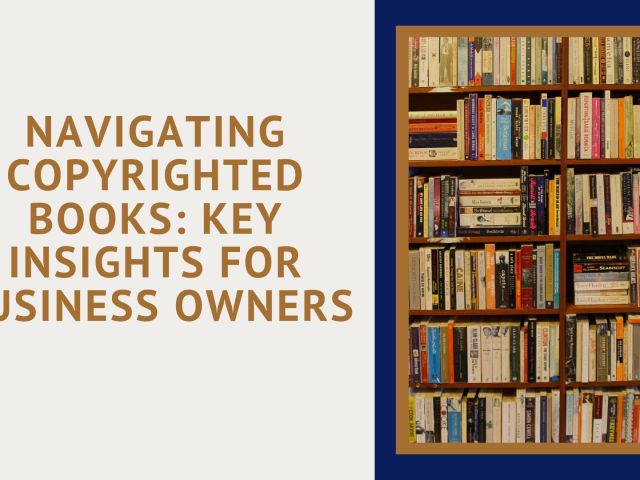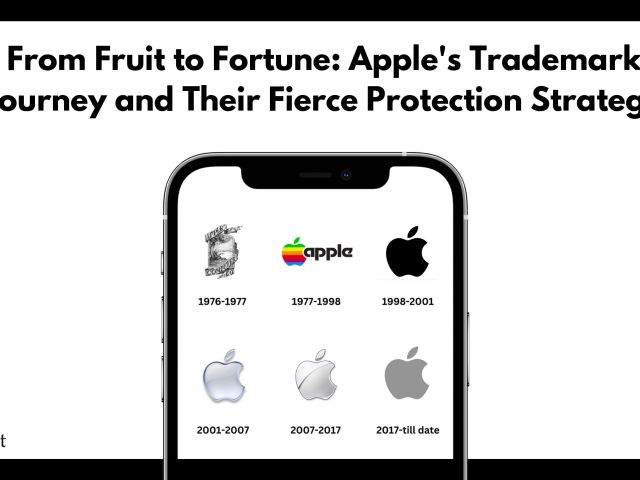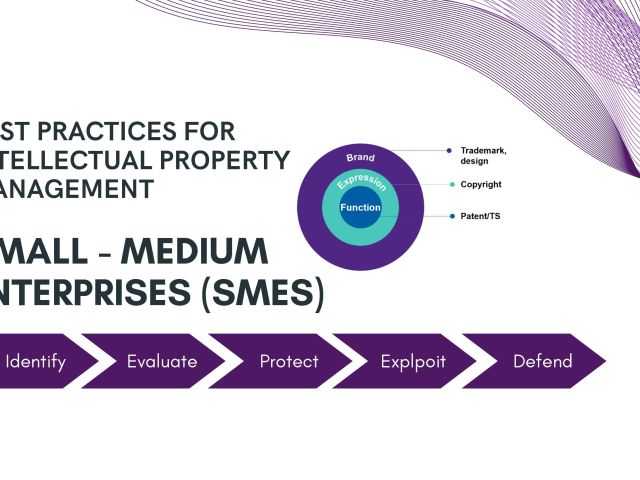The Enabling Provision
Inclusion of Section 38A in the Copyrights Act brought with it the Right of performers to receive a royalty for the commercial use of their musical work (R3). It was conferred upon the performers of musical works notwithstanding the fact that their work had been incorporated in a cinematographic work by virtue of an agreement.
It is evident that the amended law strives to empower the performers of a copyrightable work and one of the most important steps towards this is the recognition of Copyright Societies by the Central Government.
Singers’ Copyright Society
Under the amended law, the business of issuing or granting licence in respect of literary, dramatic, musical and artistic works incorporated in cinematograph films or sound recordings shall be carried out only through a copyright society duly registered under this Act. Further, these societies have been given the power to decide the tariff on the basis of which Royalty shall be claimed.
The Indian Singers Rights Association was formed with the advent of provision recognising Copyright Societies. The Association obtained registration under the Act as a Copyright Society with its members being the most renowned singers of Indian Film Industry. Since its inception in 2012, the Association has consistently fought for the rights of Indian Singers and also successfully litigated against the commercial users of its members’ musical work.
It has also laid down the tariff schemes regarding licensing of the members’ musical work. For example- one of the tariff categories regulates Restaurants, Lounges, Bars and other similar businesses. As per the tariff scheme, these commercial users of the musical work shall pay the price of “the least priced drink on their respective menu cards” per day to each singer whose song is played.
Landmark Precedents
The two leading cases pertaining to performers’ royalty rights in India are:-
1.ISRA v. Chapter 25 Bar & Restaurant (2016)
2.ISRA v. Night Fever Club & Lounge (2016)
In both the cases, the court ruled in favour of the Association and ordered that the money made out of the commercial use of the musical work shall be paid to the plaintiff that was ISRA in these cases. Hence, now it is pre-requisite for restaurants, bars, lounges and other commercial establishments to obtain a right clearance certificate from ISRA by paying the necessary amount of royalty so as to protect themselves from any future litigation arising out of the commercial use of musical works.
The Dichotomy
To understand the implication of the new law, it is essential to be informed about Saregama’s impleadment in the above-discussed cases. Saregama is a renowned music company of India and it filed for impleadment in both the above-discussed cases. It was claimed that the company has exclusive rights over the musical work in question and hence it shall receive royalty against the commercial use of such works. The court recognised the rights claimed by the music company and went on to state that the agreement entered into between (ISRA) and the restaurant/pub owners is a collusive one. However, no remedy was provided by the court for the reasons of “procedural impossibilities”.
The Unanswered Questions
There is a range of issues concerning Performers Royalty Rights in India, which need proper deliberation so as to smoothen out the implementation processes.
+One of the difficulties pertains to the determination of the actual amount of earning that the commercial users may make by exploiting the musical works. As already discussed, the court categorically held in both the cases that the commercial users shall pay to ISRA, the money earned by the commercial use of the performers work. However, the court failed to clarify on the point that on what parameters the said amount of money can be ascertained? In fact, the relevant question to be asked here is–did the defendants really derive any profit from the musical work of the performers per se. Or whether the usage of such music was incidental to the actual service provided by the restaurant and pub owners?
+The second challenge is posed by the interpersonal conflict among the stakeholders of a musical work. It comes as a surprise that the court left this issue unsettled. Now the commercial users are left in the dark as it is difficult for them to ascertain – from whom to obtain rights clearance certificate and to whom the royalty should be paid. Or is it the case that the legislature and the judiciary in India are expecting from small commercial establishments that they obtain such clearance from multiple right holders i.e., the performer, lyricist, composer, and the producer, on an individual basis?
Conclusion
What is the viability of new law and what implications it could have upon our much-celebrated policies such as “Startup India” and “Ease of doing business in India”? An answer to these fundamental questions is indispensable.
It is essential to incentivise the artists and assure that they are rewarded for their original work and that no other person should take undue advantage of the hard work and skill put by these artists. Countries as advanced as United States appear to have adopted a pragmatic approach in protecting artistic works. A balance has been struck between copyright protection and interests of small businesses in the US. Small restaurants bars, lounges, etc have been exempted from the requirement of obtaining licenses/ clearance certificates/ from the performers’ for commercial use of their work. The Music Licensing Act draws the line between private and public in terms of the type of public establishment, the size, and the stereo equipment used. Restaurants and bars under 3,750 square feet or retail establishments under 2,000 square feet are exempt from paying fees for playing radio or TV broadcasts for their customers. Public places of any size that play a radio or TV broadcasts are exempt from paying fees if they use no more than six external speakers (not more than four speakers in each room) for playing music.
Therefore, there is an ardent need to rethink the policy concerning with performers royalty rights in India. Imposing the burden of obtaining clearances from multiple stakeholders in a copyrighted work does not suggest a very practical and economically viable obligation, especially on the part of small business entities. There must be a categorisation on the basis of which obligations should be imposed upon commercial establishments. If not done so, definitely there won’t be an element of “ease” left in the process of establishment of a business in India.
Read some of the interesting post pertaining to Copyright in the following link:




